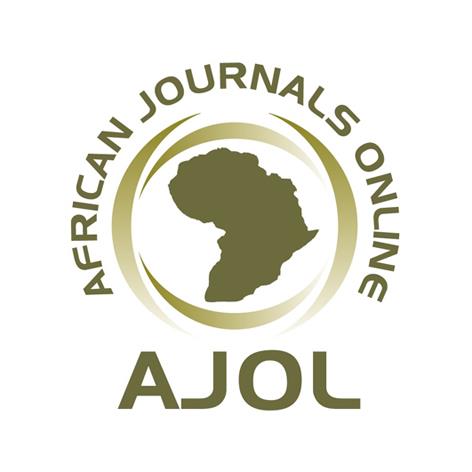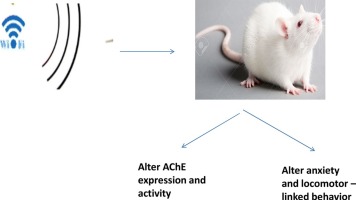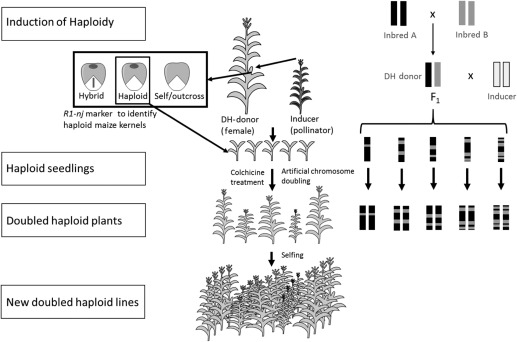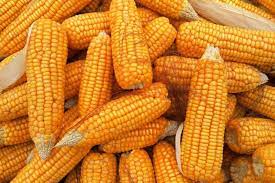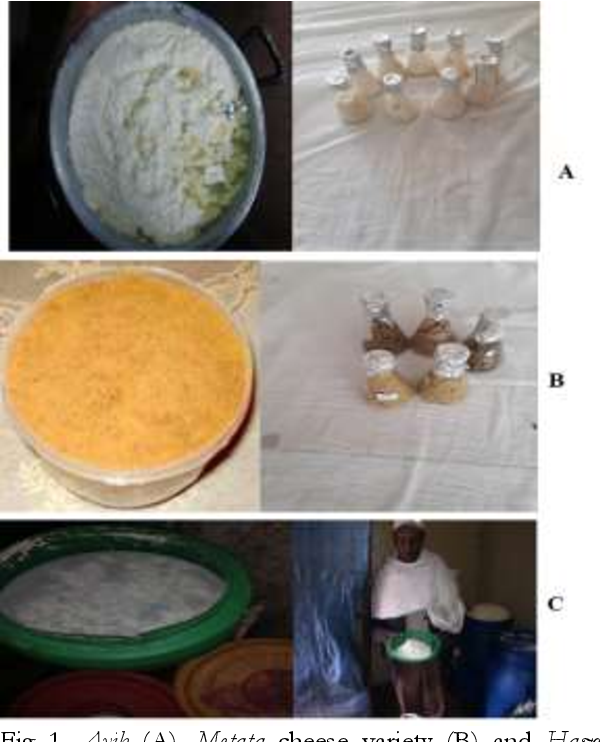Genotype x Environment Interaction and Grain Yield Stability Analysis of Rice (Oryza sativa L.)
Downloads
Background: Upland rice has been introduced in to Ethiopia recently and widely produced in different parts of the country particularly after it was adopted as the "millennium crop" in 2000. However, limited availability of improved varieties hampers production of the crop.
Objective: To determine the nature and magnitude of genotype x environment interaction and to identify stable high yielding, blast, and brown spot diseases tolerant varieties for upland rice-growing environments.
Materials and Methods: The experiment was conducted at Gutin and Bako (2010−2011) and Boneya and Chewaka districts in the 2011 main cropping seasons. Eleven rice genotypes [WAB272-B-B-8-H1, YIN LU20, IRGA370-38-1-1-F-B1-1, CNAX3031-15-2-1-1, WAB502-8-5-1, WABC165(IAC165), WAB450-11-11P31-HB, WAB376-B-10-H3 and WAB368-B-1-H2-HB] including standard checks (IRAT 355 and SUPERICA 1) were laid out in a randomized complete block design with three replications. Grain yield data were collected and analyzed.
Results: The results showed significant variations among the genotypes in grain yield. The mean grain yield obtained over four environments ranged from 2.36 tons ha–1 (IRAT 355) to 4.23 tons ha–1 for Chewaka variety (YIN LU20) and SUPERICA-1 produced 2.54 tons ha–1. Regression analysis based on Eberhart and Russell Model showed that Chewaka variety and WABC165 (IAC165) had mean grain yield that were higher than the average for all genotypes. Regression coefficient (bi) did not differ significantly from unity and the squared deviations (s2di) approached zero. On the other hand, IRGA370-38-1-1-F-B1-1, WAB450-11-11P31-HB and WAB376-B-10-H3 had regression coefficient (bi) differ significantly from unity showing that these genotypes are sensitive to different environmental conditions and tend to give higher yield at favorable environments.
Conclusion: Among the tested genotypes, YIN LU20 and CNAX3031-15-2-1-1 were stable and high yielding and proposed as candidate varieties. In addition, genotype YIN LU20 was preferred by farmers for its stability, high seed yield and resistance to rice blast and brown spot diseases and released for cultivation in western Ethiopia and other areas in the country with similar agro-ecology, named as Chewaka variety.
Copyright (c) 2022 Girma Mengistu, Dagnachew Lule, Geleta Gerema, Kebede Desalegn

This work is licensed under a Creative Commons Attribution-NonCommercial-NoDerivatives 4.0 International License.
- I am authorized by my co-authors to enter into these arrangements.
- I warrant, on behalf of myself and my co-authors, that:
- the article is original, has not been formally published in any other peer-reviewed journal, is not under consideration by any other journal and does not infringe any existing copyright or any other third party rights;
- I am/we are the sole author(s) of the article and have full authority to enter into this agreement and in granting rights to Springer are not in breach of any other obligation;
- the article contains nothing that is unlawful, libellous, or which would, if published, constitute a breach of contract or of confidence or of commitment given to secrecy;
- I/we have taken due care to ensure the integrity of the article. To my/our - and currently accepted scientific - knowledge all statements contained in it purporting to be facts are true and any formula or instruction contained in the article will not, if followed accurately, cause any injury, illness or damage to the user.
- I, and all co-authors, agree that the article, if editorially accepted for publication, shall be licensed under the Creative Commons Attribution License 4.0. If the law requires that the article be published in the public domain, I/we will notify Springer at the time of submission, and in such cases the article shall be released under the Creative Commons 1.0 Public Domain Dedication waiver. For the avoidance of doubt it is stated that sections 1 and 2 of this license agreement shall apply and prevail regardless of whether the article is published under Creative Commons Attribution License 4.0 or the Creative Commons 1.0 Public Domain Dedication waiver.
- I, and all co-authors, agree that, if the article is editorially accepted for publication in Haramaya Journals, data included in the article shall be made available under the Creative Commons 1.0 Public Domain Dedication waiver, unless otherwise stated. For the avoidance of doubt it is stated that sections 1, 2, and 3 of this license agreement shall apply and prevail.





